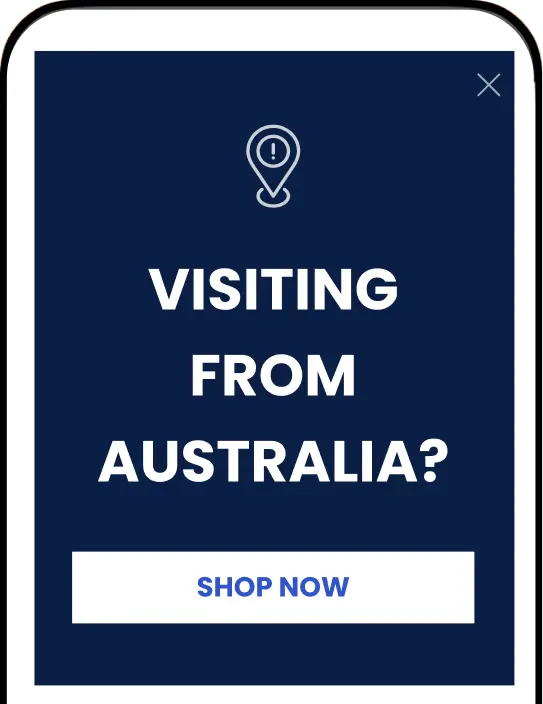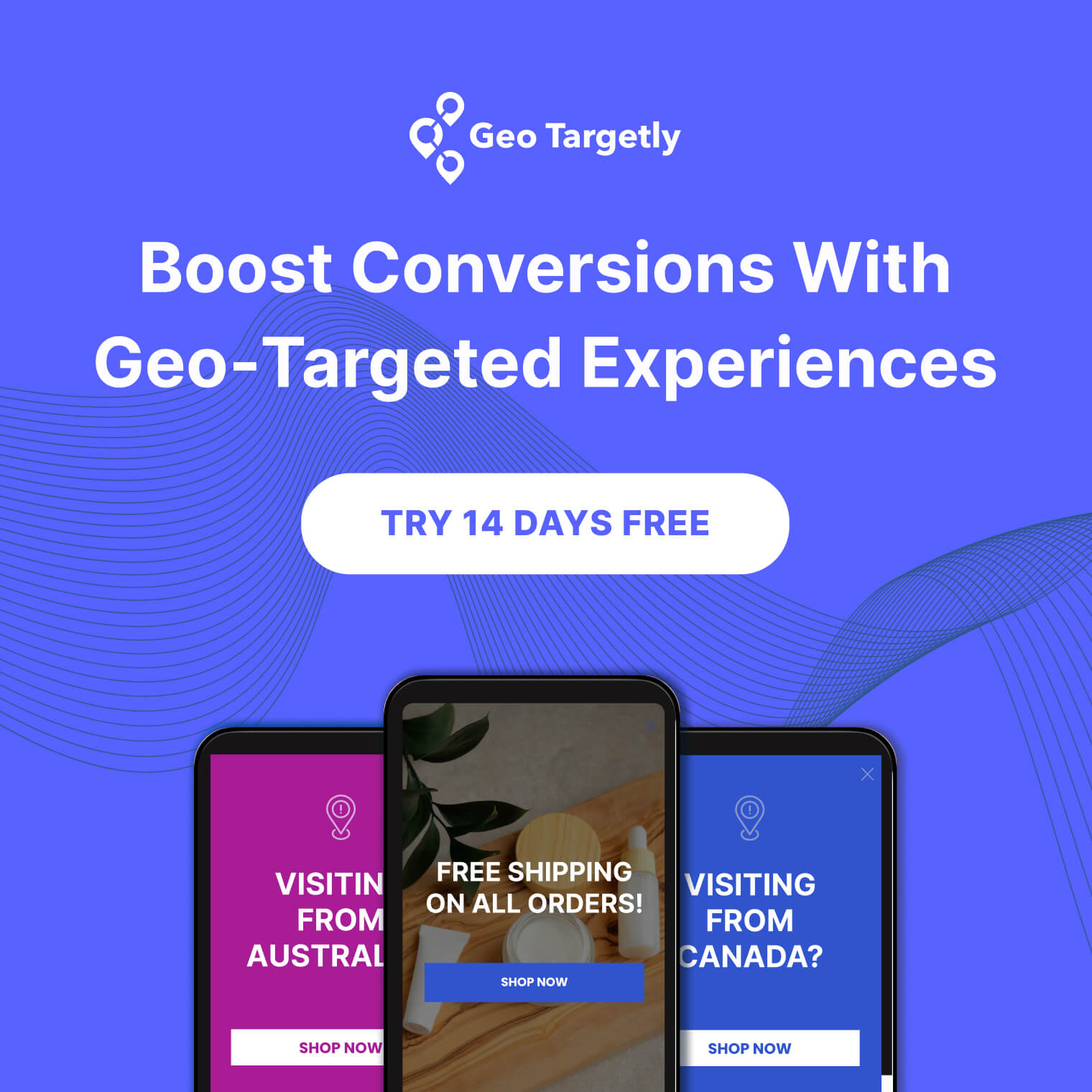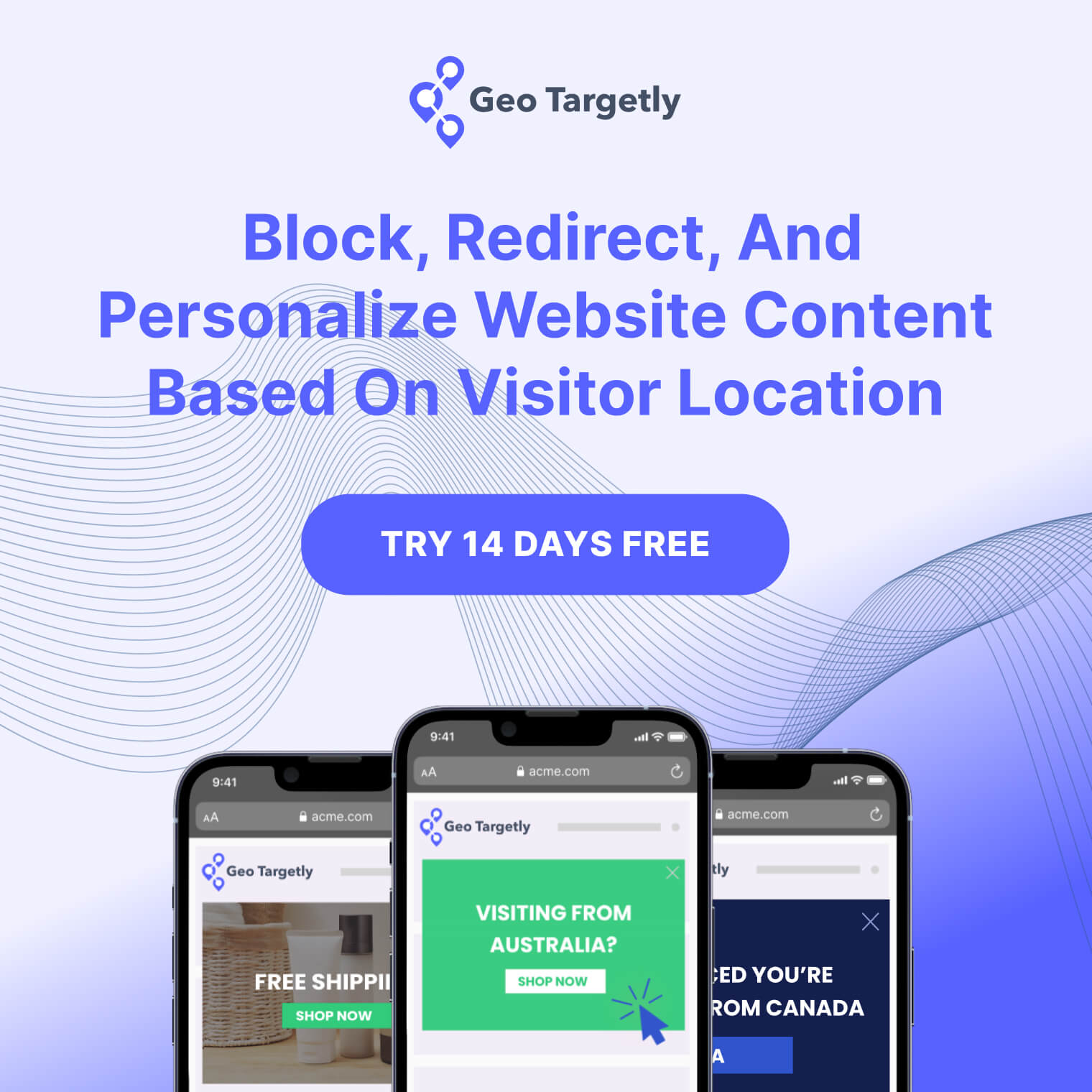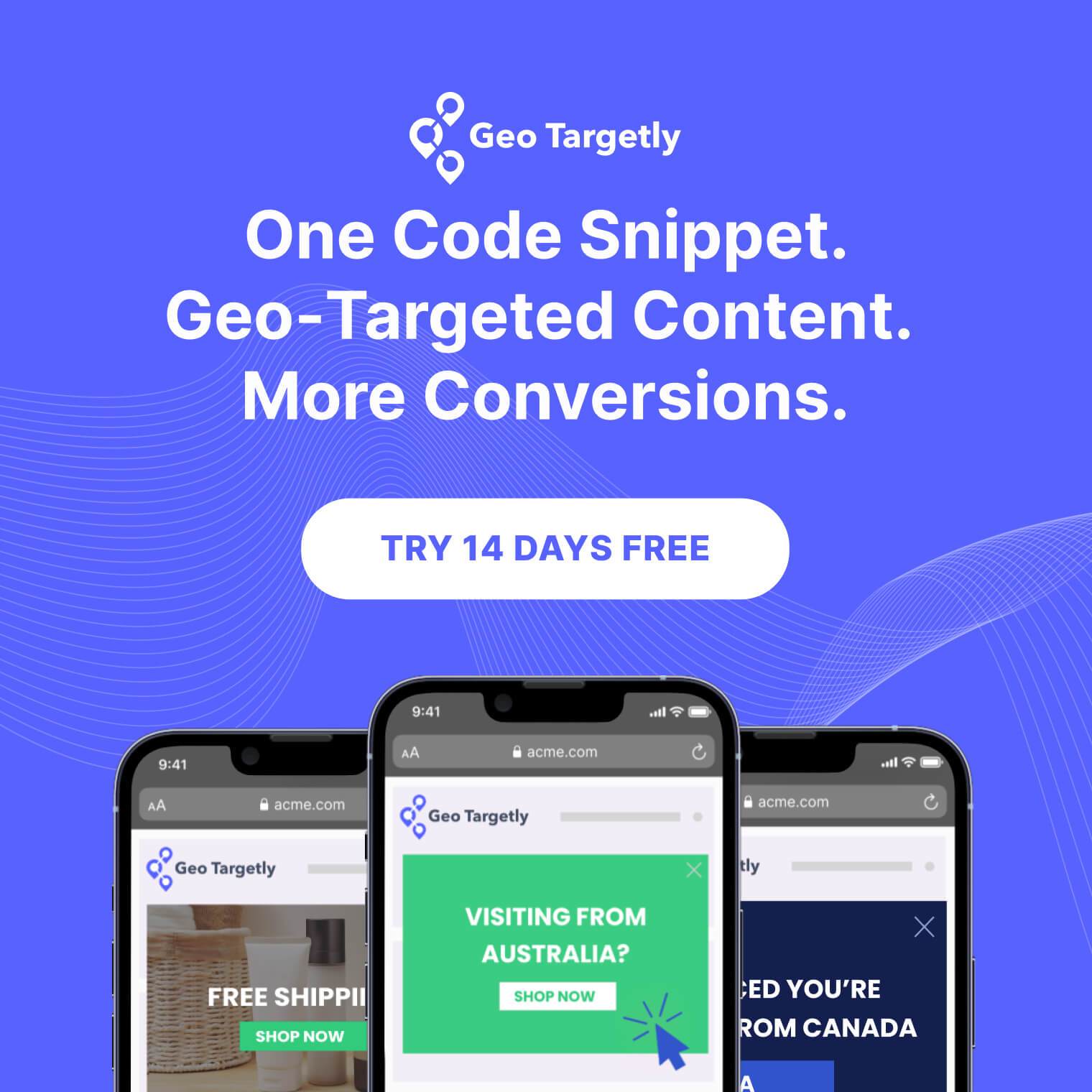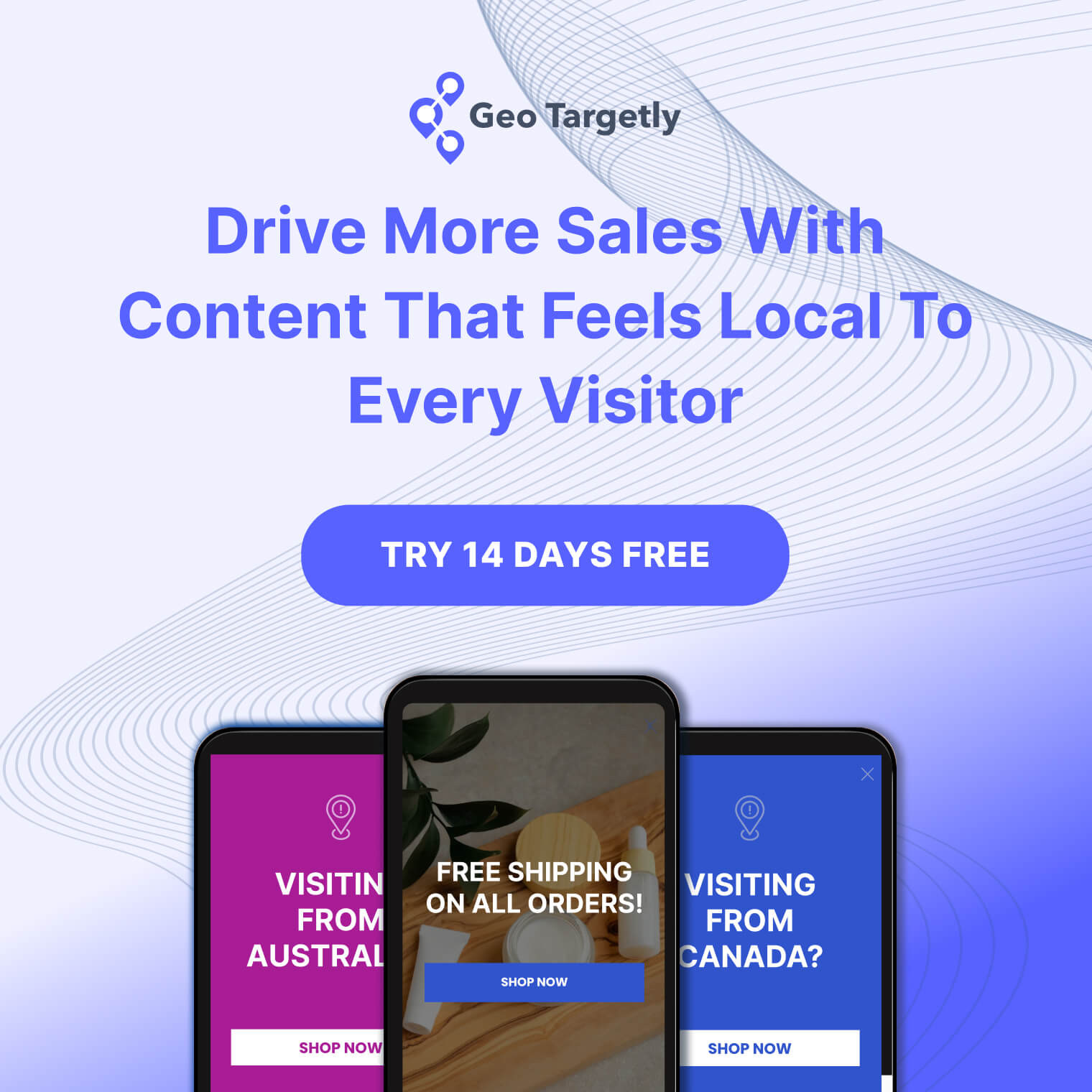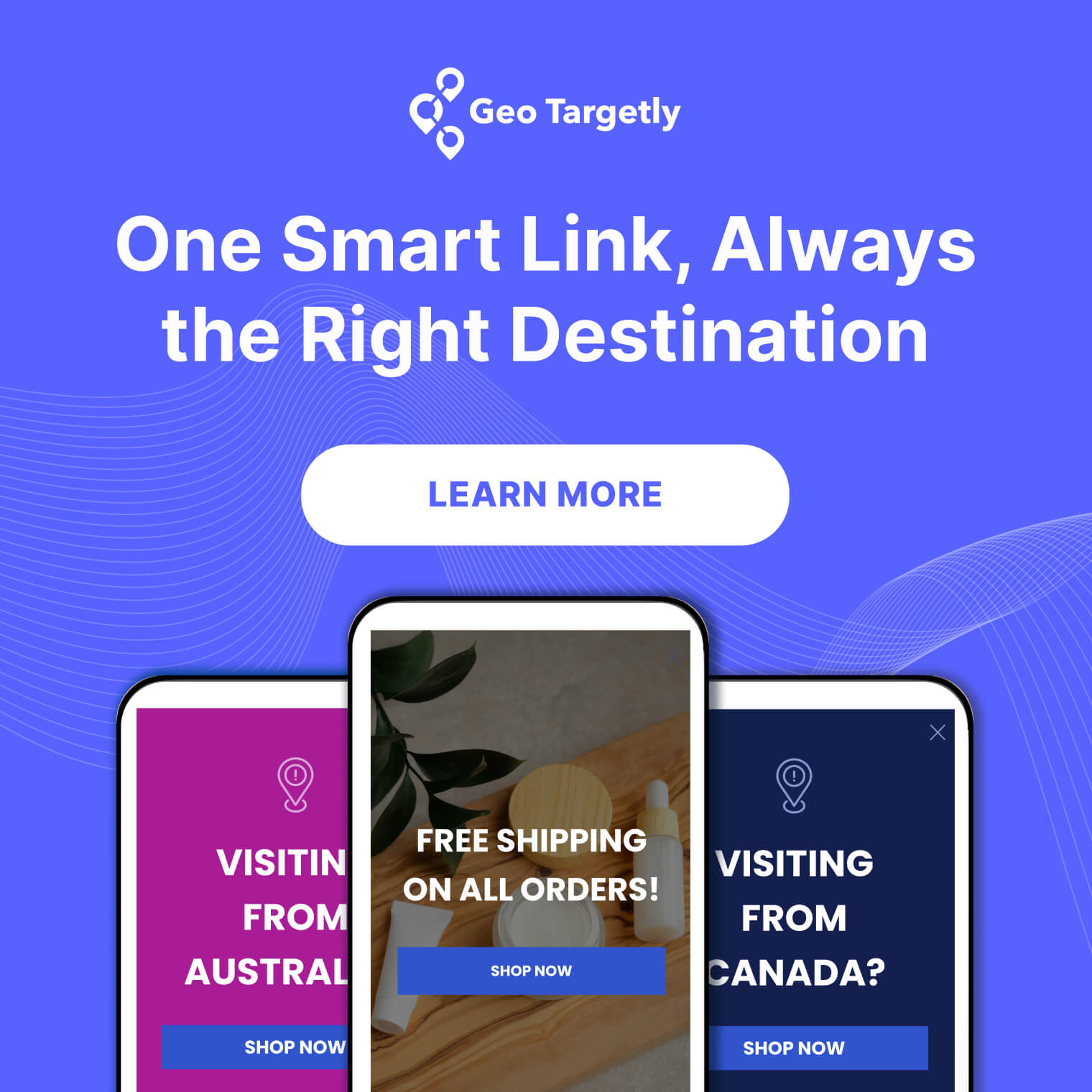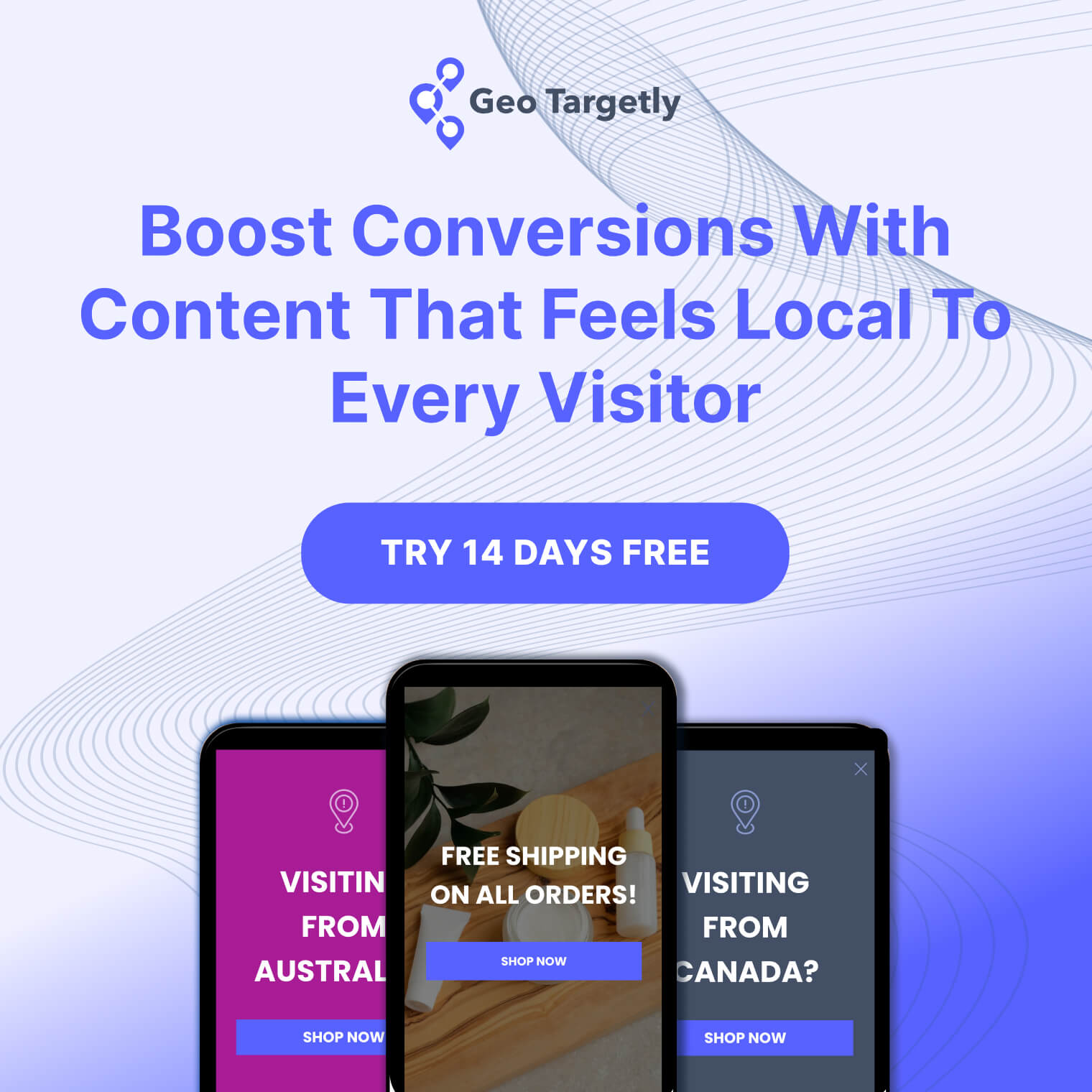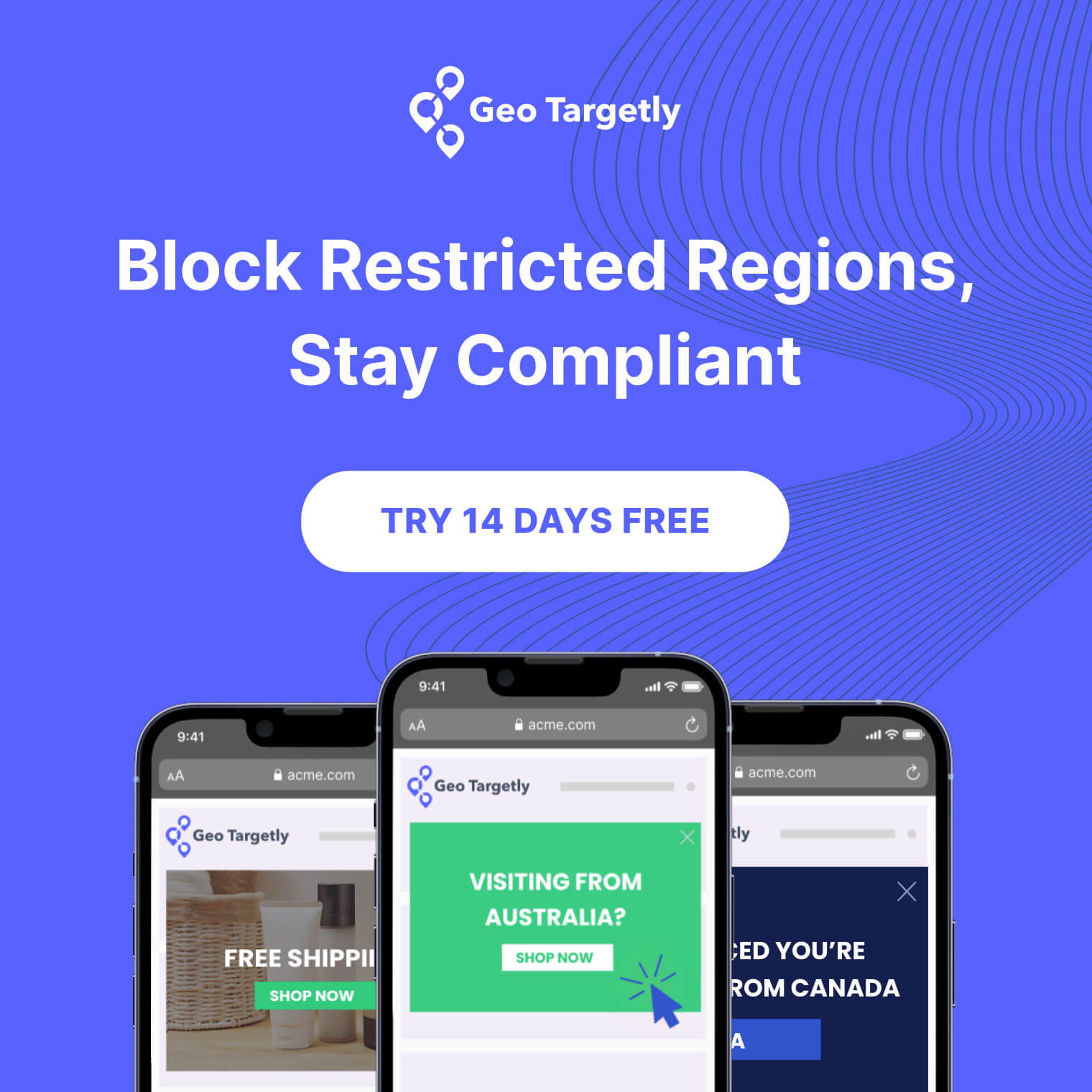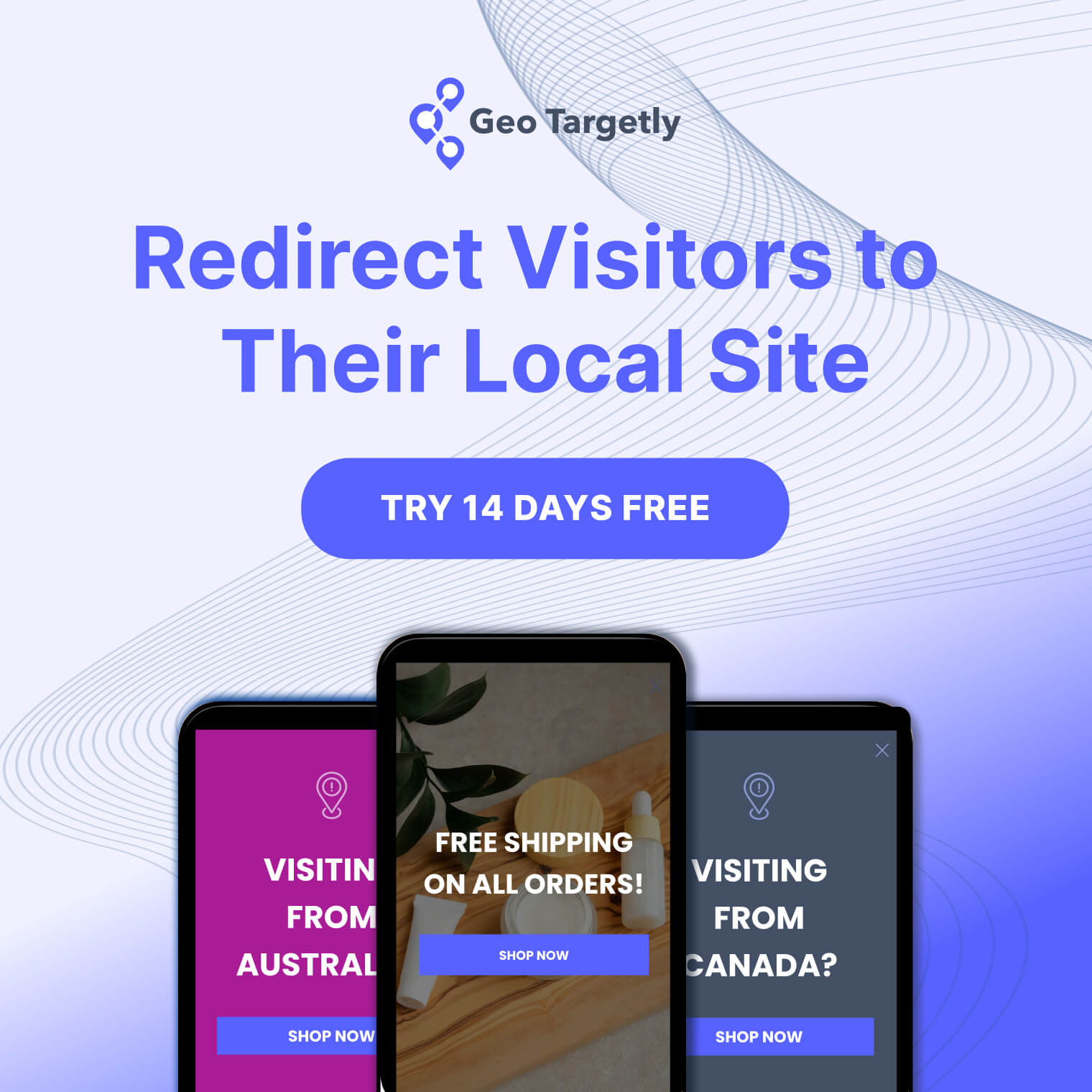

The retail industry has undergone significant change over the past decade. The near-ubiquitous use of the internet and mobile devices has provided businesses with new ways and opportunities to reach their consumer base. But of course, this is no secret, and everyone wants a piece of the pie that is user attention. Users are bombarded every day with hundreds of ads, offers and promotions as they browse through the web, and most of these simply end up being ignored. Businesses need to be smart about how they vie for consumer attention - and the utilisation of geo-targeting tools is one of the best ways of doing so.
Geolocation data provides valuable insight into your consumer base, which in turn makes the process of creating compelling content for them a lot easier. In fact, the effective use of this data can ultimately lead to better conversion rates - the lifeblood of any retail marketing business.
There are many ways businesses can leverage geo-targeting tools, but we’ve identified three of the most effectual ways of going about it. So, let’s get into it.

Customising user experiences with geo-targeting tools
Geo-targeting tools are able to discern approximates for user locations via publicly available IP addresses. Based on this information alone, businesses can begin the content customisation process.
Customising your content to fit individual tastes and preferences is obviously an effective way of grabbing users. For example - if you were residing in Adelaide, you are more likely to respond to an offer at a shop in the city, rather than a generic promotional ad. Language, location and currency are as basic as customisation gets, and any business that is operating in multiple geographic locations should be doing it - in many ways, it is becoming a mandatory feature for websites and online ads.
Pro tip: Consider using our Geo Currency tool to enhance user experience with localized pricing.
However, there’s no reason to stop there. Geo targeting tools can reveal a lot more information about your users than just their location. The savvy marketer will be able to discern info like connection speeds and connection types via these tools; this allows for further content customisation.
Now let’s say that there are two individuals in Adelaide - one is connected to a high-speed WiFi connection while the other is using a slower mobile connection. You are showing both of them the same offer, but for the WiFi user, you can use an interactive ad or animated popup (which will increase the chance of them engaging with the ad). The mobile user, however, will probably have a difficult time loading something like that and can instead be shown a static ad.
Targeting micro-moments in the customer journey
Micro-moments refer to the individual steps a user takes once they identify a want and work their way towards a purchase decision. A lot of these steps involve some form of information search, and this is made incredibly easy with internet connections and smartphones.
Retail brands need to view each of these micro-moments as opportunities to slink into the consumer’s mind. Web searches users make during these moments can easily result in them coming across your brand. The trick is to identify their intent and ensure the content they see on your site or ad is able to grab them. Once again, customisation is key here but so is optimisation - there’s nothing more off-putting than arriving at a site that hasn’t been properly mobile-optimised or clicking on an ad that takes forever to load up.
As we stated earlier, geo-targeting tools are able to provide technical info about users on an individual level. This, in turn, should allow businesses to ensure that micro-moments involving them are positive ones.
Learn more about how to use location targeting.
Location-based marketing with geofencing
Geofencing is an alternative approach to using traditional geo-targeting tools to boost your conversion rates. In essence, it sets up a ‘fence’ around a geographical area and as soon as a potential user crosses it, they get a notification about a local retail offer that’s close by. So say a user crosses a geofence that’s set up around your restaurant during lunchtime - you can instantly send them a coupon code for a discounted meal.
Due to the immediate relevance of these types of offers, the likelihood of users taking them up is relatively high. In fact, the effectiveness of geofencing can be further amplified by combining it with a smart IP location database. The two systems in tandem can provide users with relevant offers on a regular basis.
Additionally, you can read more about the top geo targeting marketing features.
Start using geo-targeting tools today!
Breaking through the clutter of today’s markets may seem impossible at times, but with the effective utilisation of geo-targeting tools the process becomes a lot easier. These tools provide a reliable basis of insights that provide businesses with the ability to customise and localise content right down to an individual basis. Then by delivering said content to the right people at the right time retails marketers are near-guaranteed better conversion rates.




.webp)






